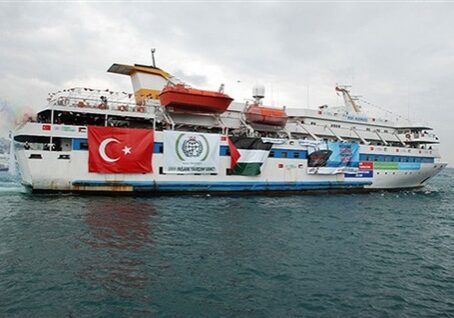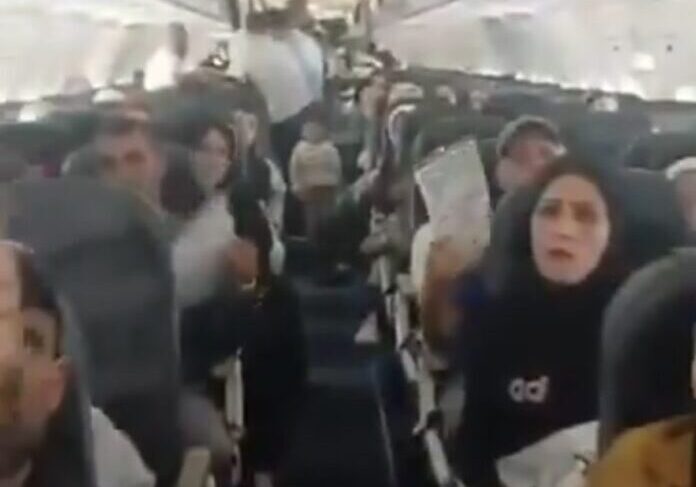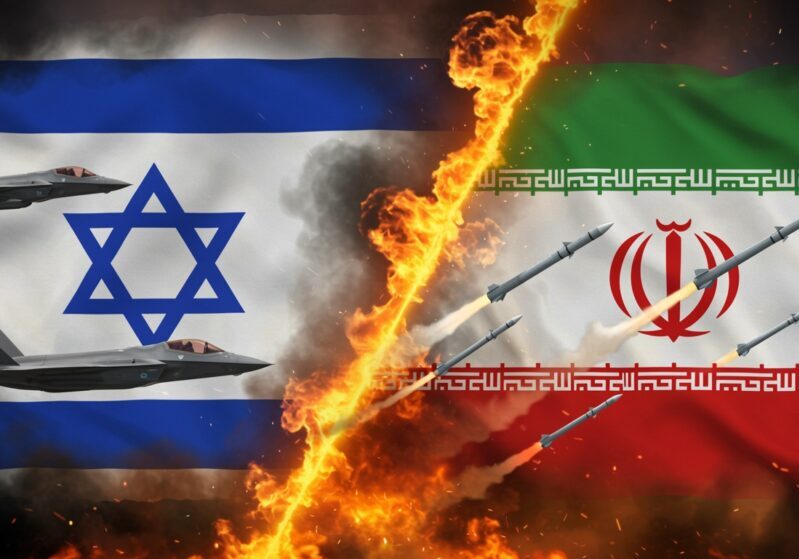Australia/Israel Review
On the frontlines in Israel’s north
Jul 4, 2024 | Charlotte Lawson

KIBBUTZ EILON, Israel – A mile south of Lebanon and directly off Israel’s winding Route 899 sits Kibbutz Eilon, one of many northern communities abandoned by its residents amid attacks by Hezbollah in the days after October 7. That conflict, like the one Israel is waging against Hamas in the south, has now stretched on for more than eight months.
So, too, has the displacement of tens of thousands of Israelis from their homes along the border with Lebanon. In Eilon, typically home to 1,100 people, Lt. Col. Dotan Razili has guarded over his neighbours’ empty houses since their occupants fled. Some of his days consist of feeding the local cats and removing spoiled produce from refrigerators, while others, like the day of my recent visit, are punctuated by the sounds of heavy nearby rocket and missile fire from the Iran-backed terrorist group based in Lebanon.
“No Western country can allow militants waiting by the border, trying to attack its civilians. Nobody can allow it, and we won’t allow it,” said the home front brigade commander, adding that a diplomatic or military solution must be reached to allow northern residents to return home. “We’re ready to go into Lebanon, if called by the Government, to push Hezbollah back ourselves. Usually, the military likes this solution better.”
The clock on a diplomatic resolution is ticking, as Hezbollah’s near-daily attacks intensify and evacuated Israelis demand answers about the fate of their communities. On May 13, Israel’s Independence Day, hundreds of northern residents blocked off intersections in the northeast in protest at the Government’s inability to reach either a diplomatic or military solution to their ongoing displacement.
“For seven months, business owners have been collapsing… People don’t know what to do with themselves because they’re so full of despair and frustration,” said Moshe Davidovich, head of a regional council governing border communities, who attended the demonstrations. “For seven months, the feeling of security has been damaged and Hezbollah is shooting and hitting in every direction.”
The same day, Hezbollah anti-tank missile attacks near Adamit – a kibbutz just up the mountain from Eilon – killed one civilian and wounded five soldiers. The next night, the Iranian-backed terrorists conducted their deepest strike into Israeli territory up to that point, claiming a drone attack at a military base more than 32 km from the border with Lebanon, near the Sea of Galilee. And the next morning, Hezbollah fired dozens of rockets indiscriminately at the Upper Galilee and Golan Heights. That same day, three Israel Defence Forces (IDF) troops were injured in Metula, a town on the border with Lebanon, by a drone Hezbollah claimed was armed with missiles – the first such attack of its kind.
Rocket fire continued. On May 18, Hezbollah launched at least 15 separate rocket and drone attacks across the border.
Owing to its Iranian backers, the group currently boasts an arsenal of some 150,000 drones, rockets, and missiles of different types. In addition to launching retaliatory attacks against Hezbollah weapons depots, fighters, and launch sites across the border, Israel has countered this threat by striking the weapons as they are en route from Iran to Lebanon – and the people responsible for their movement. In the most high-profile example of the war so far, the IDF killed Mohammad Reza Zahedi – a high-ranking Iranian commander directly responsible for fuelling Hezbollah’s ongoing attacks on Israel – in a strike in Damascus in early April.
It also targets Hezbollah military leaders – killing Muhammad Mustafa Ayoub, a pivotal figure in the rocket and missile department of Hezbollah’s al-Nasr unit on June 17, Taleb Sami Abdallah, the commander of the al-Nasr unit on June 11; Qassem Salaqwi, head of the rocket and missile unit in Hezbollah’s coastal division on May 20, Ismail Baz, commander of Hezbollah’s coastal division on April 16; Ali Hussein Barji, the commander of Hezbollah’s aerial forces in southern Lebanon on January 9, and Wissam al-Tawil, the deputy head of a unit in the elite Radwan force, on Jan. 8.
For residents of northern Israel, each escalation by Hezbollah instils new fear for their vacant and vulnerable communities. Anti-tank missiles – which are difficult to intercept and whose mobile launchers are easy to conceal in wooded areas – have proved a particular menace, as Hezbollah uses the weapons to level empty and inhabited homes and target military bases. Explosive drones, likewise, pose a lethal challenge to Israeli troops in the region by evading the country’s air defences. Eighteen soldiers have been killed on the northern front since October 7, an IDF official told The Dispatch.

An underground trauma centre at Galilee Medical Centre in Nahariya (Image: Charlotte Lawson)
Galilee Medical Centre – a 775-bed hospital 10 km south of the border with Lebanon – has treated a few hundred of the troops and civilians injured in the attacks, including the 17 people injured, one fatally, in a drone strike on the Arab town of al-Aramshe in April. As the closest hospital in Israel to any border, the centre in Nahariya adopted a novel approach at the beginning of the war: moving its operations to an existing facility underground.
Construction on the sprawling subterranean complex began some 40 years before October 7, but has been put to use in the months since, with more than half of the hospital’s available beds now below ground. In the neonatal intensive care unit, the first ward to move underground, nurses and doctors speak in whispers and attend to the newborns in near-darkness. “It’s unusual”, Dr. Vered Fleisher Sheffer, manager of the ward, told The Dispatch. “We are used to sunshine and daylight.”
On ground level, but built as a fully protected bomb shelter, are the hospital’s trauma centres – the second of which opened after the war’s start. Galilee, in addition to treating patients currently affected by the war, is now prepared for a bigger escalation with Hezbollah – including one involving sustained rocket and missile attacks. In case of a mass casualty event, the hospital needs to be prepared to accommodate a large influx of people amid inevitable electrical blackouts.
The underground complex first proved its usefulness during the 2006 Second Lebanon War, during which northern Israel came under sustained aerial barrages for a month. At the time, Dr Tzvi Sheleg was working as a surgeon in the ophthalmology unit when it was hit by a rocket that destroyed four of its rooms, which could accommodate 12 patients.
“They didn’t die, because the hospital had been evacuated to the underground facilities,” Sheleg, now Deputy Director-General of the centre, told The Dispatch. “Since then, it’s mandatory in Israel – every hospital needs an underground facility.”
In coordination with Home Front Command, the hospital also runs drills to prepare for the prospect of another all-out war with Hezbollah. Many Israelis, including Sheleg, think such a conflict looks increasingly inevitable with no deal for the terrorist group’s voluntary withdrawal from the border in sight and northern communities uprooted.
“The settlements along the border have been evacuated,” he said. “We cannot afford that; we cannot allow that. Sooner or later, the northern front will erupt.”






